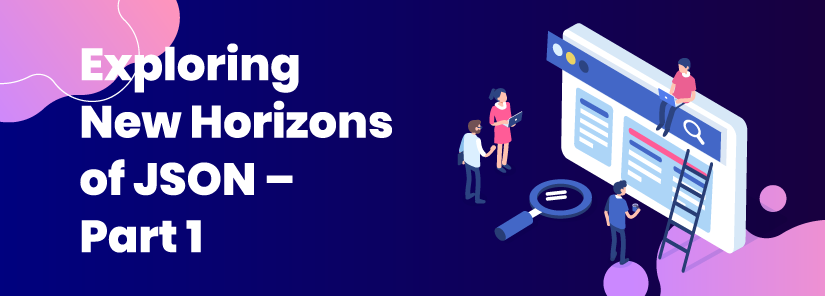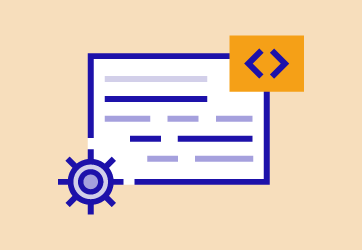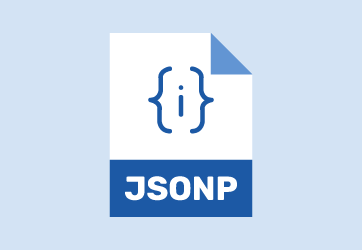Exploring New Horizons of JSON – Part 1


It has been the most crucial part of web development to exchange and store data on servers. Not even beginners but professional programmers are always digging up new methodologies to make this process smooth and swift. From the last two decades, XML has been on the horizon to accomplish the data exchange purpose. But a new alternate has been introduced to accelerate the process expeditiously, and it is called JSON.
JSON – Alternate to XML
JSON is an abbreviation of “JavaScript Object Notation.” It is now a widely popular format for the transmission of data between the server and user screen. It has been expertly designed to parse, interpret, analyze, write, and read. And for that reason, it has become the most prevalent alternative to XML. The code of this format is text-based. And it works in coordination with JavaScript Object Literals.
Despite the fact that it works in coordination with JavaScript, but still, it is considered to be an independent language. It means you can convert the JSON data to other languages without getting into the intricate process.
JSON Syntax – Uplifting Server Correspondence
There are two layers of JSON, which is the foundational structure of this programming language. The structure stands itself on objects and Arrays.
Object: The assemblage of value pairs and name is known as an object in JSON.
Array: The methodical ordered-list of values by placing them in the proper format is known as arrays.
As JSON is the reproduction of JavaScript Object literals, so it is evident that arrays and objects are genuinely replicated in both JavaScript and JSON.
How to Declare Object in JSON
{
“id”: 4911,
“firstName”:”Emma”,
“lastName”:”Bale”,
“Student”: true
};
In the above example, the JSON data has been declared by using an object in the field. The object can vary, as it can be based upon sorting the data to fetch accordingly. It can either be person name, id, and other related information. While in the end, a Boolean is added to cross-check the authenticity of either the person is a student or not.
The object in JSON has specific formatting rules that need to be followed.
- The object will be covered in curly brackets while staring with the left curly bracket and ending with the right curly bracket.
- The object is enclosed in double quotation while being in the string. And a colon ‘:’ is added and along with that value associated with the particular subject.
- The object is gathering of value pairs and name.
How to Declare Array in JSON
[
“Azerbaijan”, “Bangkok”, “England”, “Ireland”, “Thailand”, “Uzbekistan”
]
The above example of the classification of Array in the snippet depicts how JSON can be shaped as an array. Below are some of the rules for the declaration of arrays in JSON
- Similar to object declaration the Array is also started with left bracket and end with right bracket, but instead of the curly bracket, square brackets are used.
- Comma is placed to separate the values from each other.
- Values are placed according to alphabetical order.
- Zero-based index is used for an ordered list.
In this part, we have discussed the declaration of arrays and objects in JSON; we will further elaborate on the use of values in JSON by writing another post.
October 21, 2021

October 13, 2021




Leave a Reply